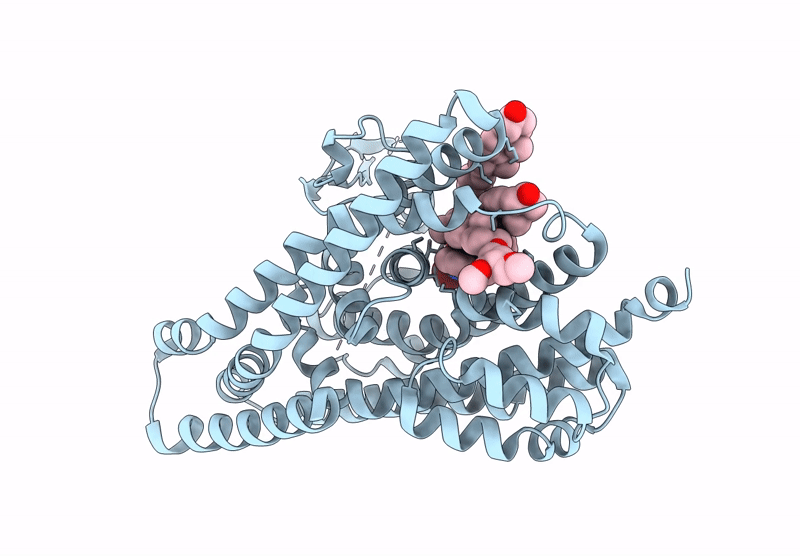
Deposition Date
2025-06-17
Release Date
2025-07-30
Last Version Date
2025-07-30
Entry Detail
PDB ID:
9P4Y
Keywords:
Title:
Human EAAT3 with compound 3e and digitonin.glyco-diosgenin bound at inward facing state
Biological Source:
Source Organism:
Homo sapiens (Taxon ID: 9606)
Host Organism:
Method Details:
Experimental Method:
Resolution:
2.56 Å
Aggregation State:
PARTICLE
Reconstruction Method:
SINGLE PARTICLE


